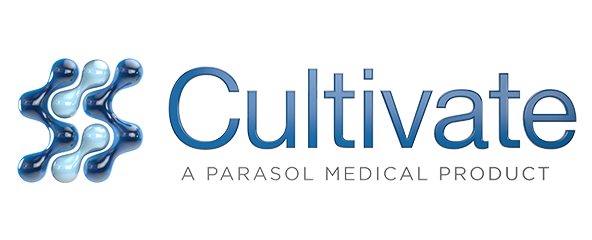A 90-Day USP <797> Tune-Up Plan: Practical Steps, Real Results
What’s been stopping you from implementing or improving your falls reduction program? Are you concerned about how much it might cost to put a falls management system in place? Read more
USP <797> compliance isn’t a one-time project. It’s a management system that blends people, process, and environment—day after day. If you need to tune up your sterile compounding program quickly, this 90-day plan focuses on the highest-leverage actions you can take without grinding operations to a halt.

Days 1–30: Establish Your Baseline and Behaviors
1) Run a focused gap assessment.
Pull your SOPs, training records, environmental monitoring (EM) data, and most recent certification reports. Map each requirement to evidence you can produce within two minutes. Flag anything that’s outdated, inconsistent, or missing.
What to verify:
2) Get additional eyes on aseptic technique.
For any scheduled aseptic manipulation competency assessments, have a second assigned trainer observe. For anyone who struggles with aseptic technique, put a simple remediation track in place: observe → coach → reassess. Keep the feedback specific. Discuss noted issues with all assigned trainers.
Days 31–60: Strengthen Monitoring and Maintenance
1) Upgrade your environmental monitoring program.
Confirm surface and air sampling frequencies, locations, and levels are correct. Build a review cadence based on risk.
Close the loop on excursions:
2) Launch a simple CAPA board.
Use a whiteboard or digital tracker to visualize active deviations, investigations, and CAPAs. Columns: Issue → Root Cause → Correction → Preventive Action → Verification → Close Date. Visibility prevents lingering problems from becoming normal.
3) Tighten cleaning and disinfectant practice.
Reconfirm agents, contact times, and rotation. Move from memory to point-of-use checklists, visible to the user. Add brief notes or photos for hard-to-reach surfaces so “cleaned” means the same thing to everyone.
Days 61–90: Prove It and Build Sustainability
1) Run mock inspections.
Pick two scenarios—one document-heavy, one practice-focused. Time your document retrieval (target: <2 minutes per item). Observe a full compounding event end-to-end; score against your aseptic checklist. Debrief immediately and assign actions.
2) Implement a Quarterly Quality Management Review (QMR).
Keep it lean and repeatable. Agenda:
Publish a one-page QMR summary so leadership understands both performance and needs.
Other Considerations to Ensure Success
What “Good” Looks Like at Day 90
Summary
Compliance isn’t a finish line—it’s a rhythm. Use these 90 days to establish clear standards, visible ownership, and small habits that stick. When your people can find records fast, explain the “why” behind each step, and see their progress on a wall (or dashboard), you’re not just meeting USP <797>—you’re building a quality culture that lasts.
What’s been stopping you from implementing or improving your falls reduction program? Are you concerned about how much it might cost to put a falls management system in place? Read more
What’s been stopping you from implementing or improving your falls reduction program? Are you concerned about how much it might cost to put a falls management system in place? Read more
What’s been stopping you from implementing or improving your falls reduction program? Are you concerned about how much it might cost to put a falls management system in place? Read more
